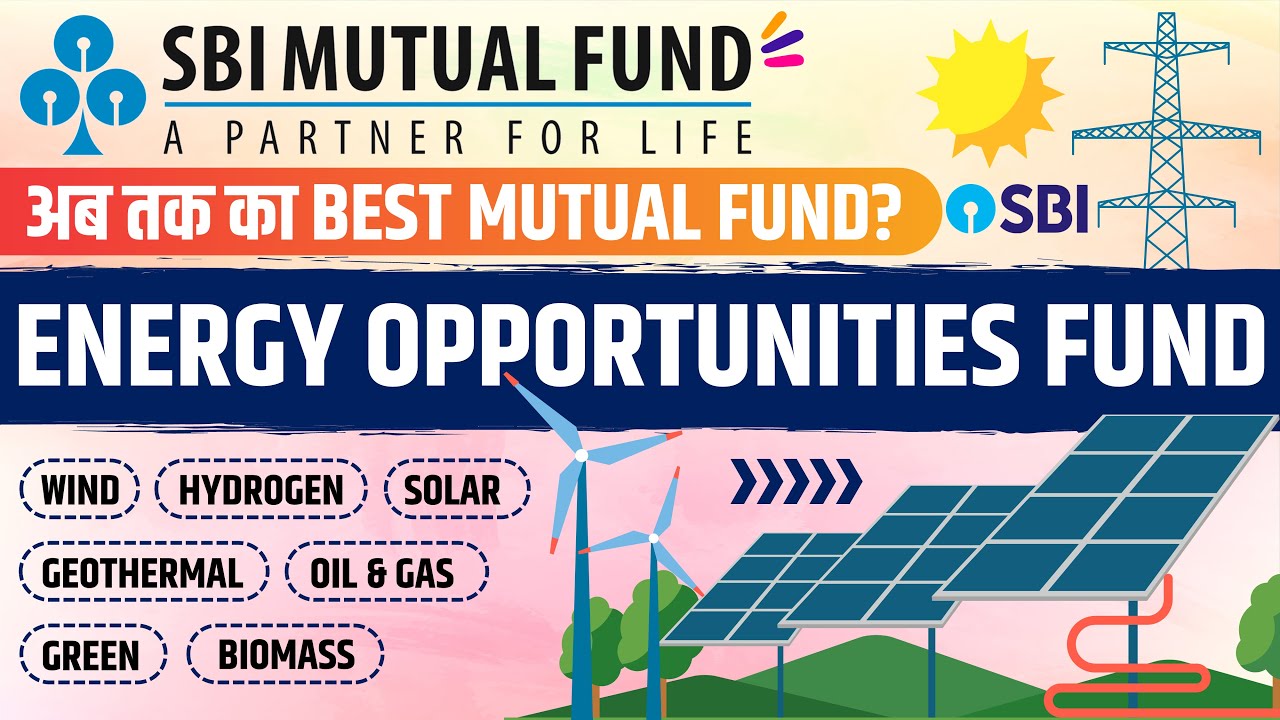
Introduction to Green Investments
In recent years, the importance of green investments has surged, with more individuals and institutions recognizing the significance of investing in sustainable practices. The growing concern over climate change, along with the quest for renewable energy sources, has led to a rise in various investment opportunities. This article aims to guide you on how to maximize your green investments effectively.
Understanding Green Investments
Green investments refer to the allocation of funds into projects and companies that aim to have a positive impact on the environment. These investments typically focus on sectors such as:
- Renewable energy (solar, wind, hydro, etc.)
- Sustainable agriculture
- Energy efficiency
- Waste management
- Water conservation
The Benefits of Green Investments
Investing in green initiatives not only benefits the environment but also offers various financial advantages. Some of these benefits include:
- Long-term growth potential: Many renewable energy sectors are expected to grow significantly in the coming years.
- Government incentives: Many countries provide tax breaks and incentives for investing in sustainable projects.
- Risk mitigation: Diversifying your portfolio with green investments can reduce overall risk.
- Social responsibility: Aligning your investments with your values can lead to a more fulfilling financial strategy.
Types of Green Investments
To maximize your green investments, it is essential to understand the different types available. Here are some popular categories:
1. Renewable Energy Funds
These funds invest specifically in companies that generate energy from renewable sources. Some notable types of renewable energy funds include:
- Solar energy funds: Focus on solar panel manufacturers and solar farm projects.
- Wind energy funds: Invest in wind turbine producers and wind farm developers.
- Hydroelectric funds: Target companies that harness energy from water sources.
2. Green Bonds
Green bonds are fixed-income instruments specifically earmarked for climate and environmental projects. These bonds help finance projects such as:
- Renewable energy installations
- Energy efficiency upgrades
- Pollution prevention
- Sustainable land use
3. Sustainable Real Estate Investment Trusts (REITs)
Sustainable REITs focus on properties that prioritize environmental sustainability. They invest in buildings that are designed to minimize their carbon footprint and maximize energy efficiency. These may include:
- LEED-certified buildings
- Green retrofits
- Eco-friendly developments
4. Impact Investing
Impact investing refers to investments made with the intention to generate positive social and environmental impact alongside financial returns. This can include funding for companies that:
- Develop clean technology
- Promote sustainable agriculture
- Provide clean water solutions
How to Choose the Right Green Investments
Selecting the right green investments requires careful consideration and research. Here are some steps to guide you:
1. Assess Your Goals and Values
Before investing, clarify your financial goals and how they align with your personal values. Consider the following questions:
- What level of risk are you willing to take?
- Are you more interested in financial returns or the environmental impact of your investments?
- What specific areas of sustainability resonate with you?
2. Conduct Thorough Research
Understanding the companies or funds you are investing in is crucial. Look for information regarding:
- Financial performance and historical returns
- Management team and their expertise in the sector
- Sustainability practices and commitments
3. Diversify Your Portfolio
To minimize risk, it’s essential to diversify your green investments across various sectors and asset classes. This can include a mix of:
- Equities in renewable energy companies
- Bonds from environmentally-focused projects
- Real estate investments in sustainable properties
Evaluating the Performance of Your Green Investments
Once you have made your investments, it is important to regularly evaluate their performance. Consider the following metrics:
1. Financial Returns
Monitor the financial performance of your investments by looking at:
- Total returns (capital appreciation + dividends)
- Comparison to traditional investments
- Risk-adjusted returns to assess performance relative to risk
2. Environmental Impact
Evaluate the environmental impact of your investments by considering factors such as:
- Carbon footprint reduction
- Resource conservation
- Community benefits and social impacts
3. Alignment with Goals
Periodically reassess whether your investments align with your financial and personal goals. Make adjustments as necessary to ensure continued alignment.
Staying Informed on Green Investment Trends
The landscape of green investments is continuously evolving. To stay ahead, consider the following strategies:
1. Follow Industry News
Stay updated on the latest developments in renewable energy and sustainable practices by subscribing to industry newsletters, following relevant blogs, and engaging with thought leaders on social media.
2. Attend Conferences and Webinars
Participating in industry conferences and webinars can provide valuable insights into emerging trends and innovative technologies in green investments.
3. Network with Other Investors
Connecting with other investors who share your interest in green investments can lead to valuable exchanges of ideas and strategies. Join investment groups or online forums focused on sustainable investing.
Challenges in Green Investing
While green investing presents numerous opportunities, it is not without its challenges. Some common hurdles include:
1. Lack of Standardization
The absence of standardized metrics for measuring the sustainability of investments can make it difficult to assess their impact accurately.
2. Market Volatility
Like any investment, green investments can be subject to market fluctuations. It’s essential to remain patient and focused on long-term goals.
3. Information Overload
With the vast amount of information available, discerning which sources are credible can be challenging. Always verify information from multiple reputable sources.
Conclusion
Maximizing your green investments requires a blend of knowledge, strategy, and commitment. By understanding the various types of green investments, conducting thorough research, and staying informed about industry trends, you can effectively align your financial goals with your commitment to sustainability. Remember, the journey towards greener investments is not only about financial gain but also about contributing to a more sustainable and equitable future for our planet.

